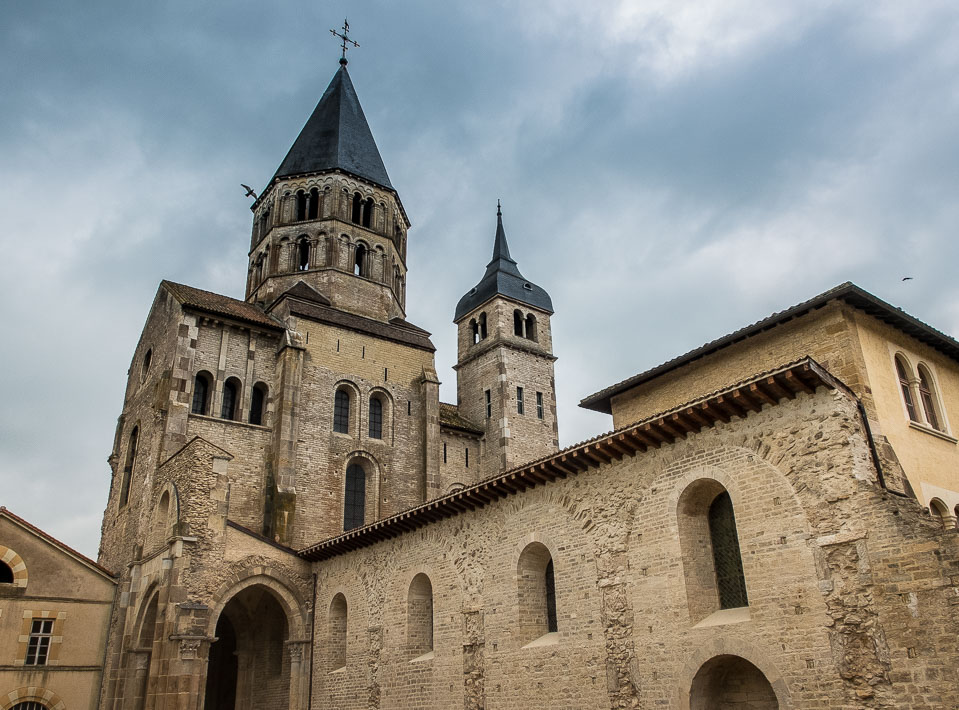
History of the Cluny Abbey
The Cluny Abbey, Abbaye de Cluny in French, is a former Benedictine monastery in Cluny, the the department of Saône-et-Loire in central France. We visited the Abbey as part of a cruise we did with Viking Cruises of the Saône and Loire rivers in central and eastern France.
Three churches built in succession from the 4th to the early 12th centuries on the site of the current ruins. The earliest basilica was the world's largest church until the St. Peter's Basilica construction began in Rome.
Unfortunately today, only a small bit of the transept of the 12th Century abbey church and a part of the apse remain. Only one of the original eight towers still stands.
In the middle ages, the Abbey of Cluny was richest abbey in the world and the seat of the largest medieval monastic order, Cluny Abbey was a casualty of internecine jealousies within the church, conflicts between church and secular authorities, and eventually the French Revolution.
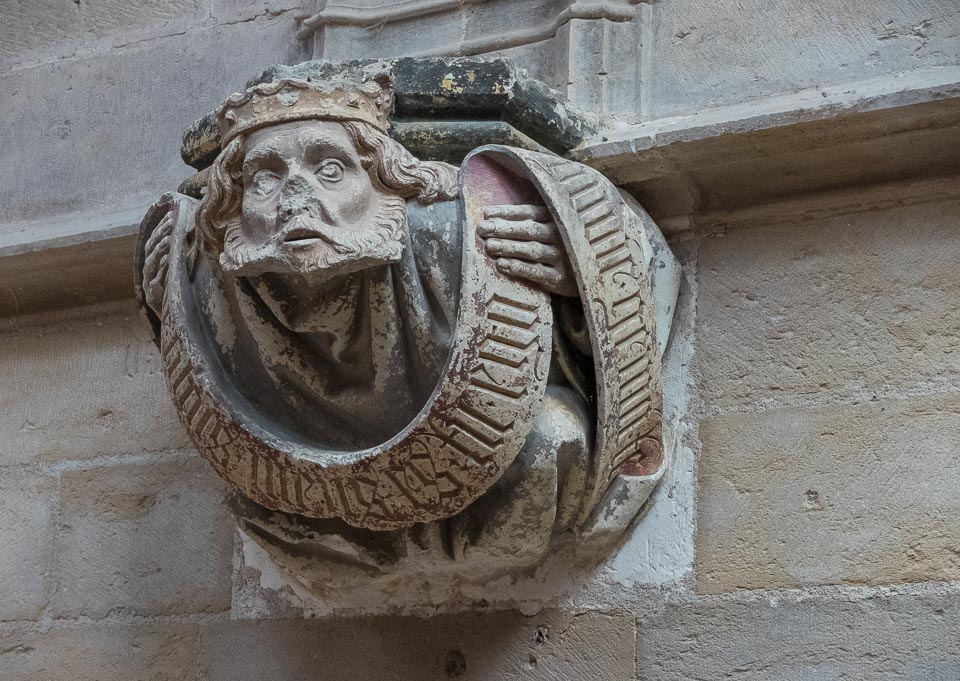
The Abbey church was essentially demolished in 1810. The destroyed abbey was used as a stone quarry to build the current city. The lead in the stained glass windows was melted to make bullets for Napoleon's guns.
Almost all of the decoration of the Cluny Abbey was destroyed. A chapel intended as a burial chamber of Abbot Jean de Bourbon was never finished, and perhaps because of that, it escaped destruction. Busts of Old Testament biblical figures line the walls, but it's believed that statues of New Testament figures that were supposed to fill the accompanying niches were either never installed, or were buried somewhere to protect them from the ravages of the French Revolution.
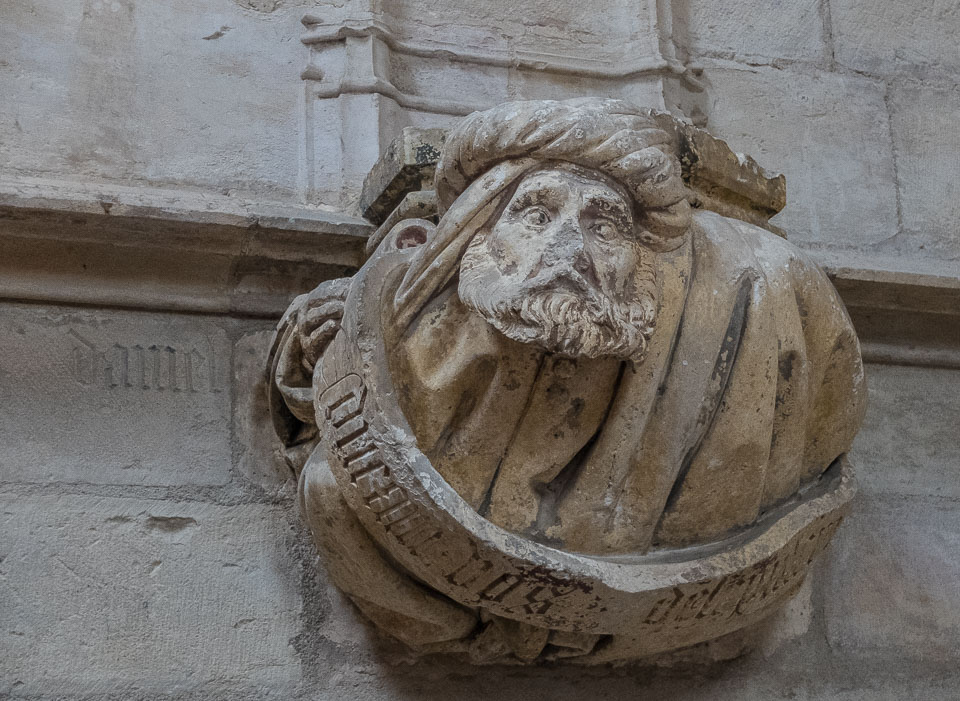
The images below of Romanesque decorations are from the excavations of the Cluny Abbey ruins, carried out in the first half of the 20th Century. They now reside in a small art museum near the Abbey. In addition, there is a Cluny Museum in Paris, which houses many of the treasures of the Abbey.
We visited Cluny as an excursion from the Viking Cruises cruise up the Rhone and Saone Rivers in Southern France. We were the guests of Viking for the cruise, but we paid ourselves for the trip to Cluny as a supplement to the cruise.
When you’re thinking of traveling, your first stop should be our Travel Resources page, where we list all the essentials you need to make your travels easier, cheaper, safer, and more fun.
We love traveling–with the right gear. We've gathered a lot of the stuff we use to make travel more pleasant and efficient all on one page. Shop our Travel Past 50 Amazon page to find our favorite gear. If you purchase something from the store, Travel Past 50, as an Amazon affiliate, may receive a small commission at no extra charge to you. Thanks.
We never leave home without our travel insurance. Nor should you. Search for the travel insurance from Allianz that best meets your needs, whether it be an annual plan or a single trip.
Note: This post and other posts on TravelPast50.com may contain paid or affiliate advertising links. As an Amazon Associate we earn from qualifying purchases.
Up Your Travel Skills
Looking to book your next trip? Use these resources that are tried and tested by us. First, to get our best travel tips, sign up for our email newsletter. Then, be sure to start your reading with our Resources Page where we highlight all the great travel companies and products that we trust. Travel Accessories: Check out our list of all the accessories we carry to make getting there and being there a lot easier. Credit Cards: See our detailed post on how to choose the right travel rewards credit card for you. Flights: Start finding the very best flight deals by subscribing to Thrifty Traveler. Book your Hotel: Find the best prices on hotels with Booking.com. See all of the gear and books we like in one place on our Amazon shop.Got a comment on this post? Join the conversation on Facebook, Instagram, or Threads and share your thoughts!

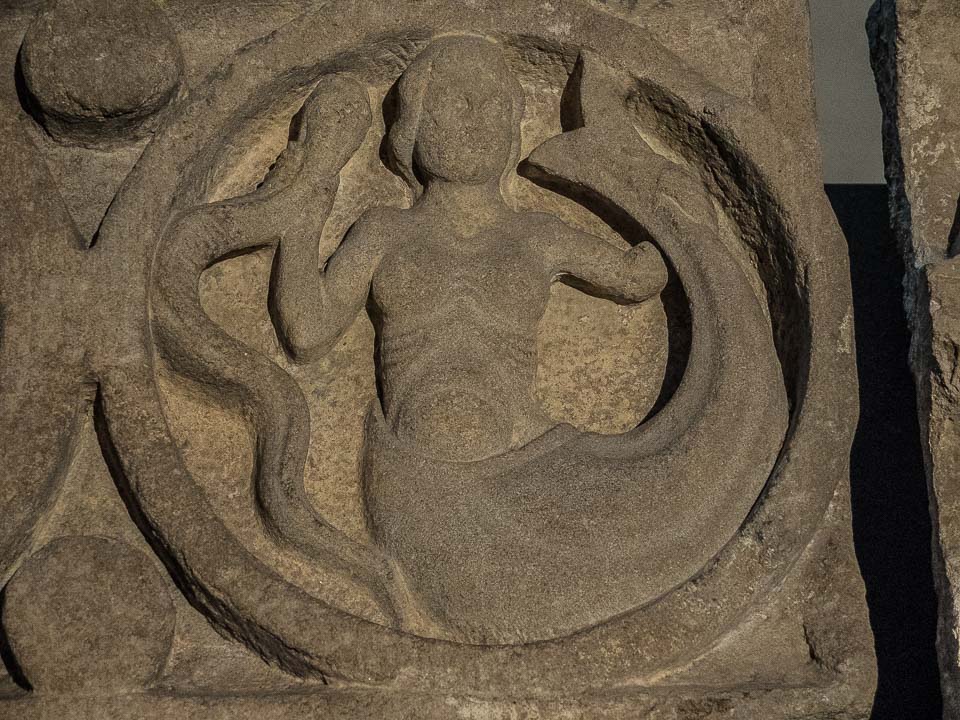
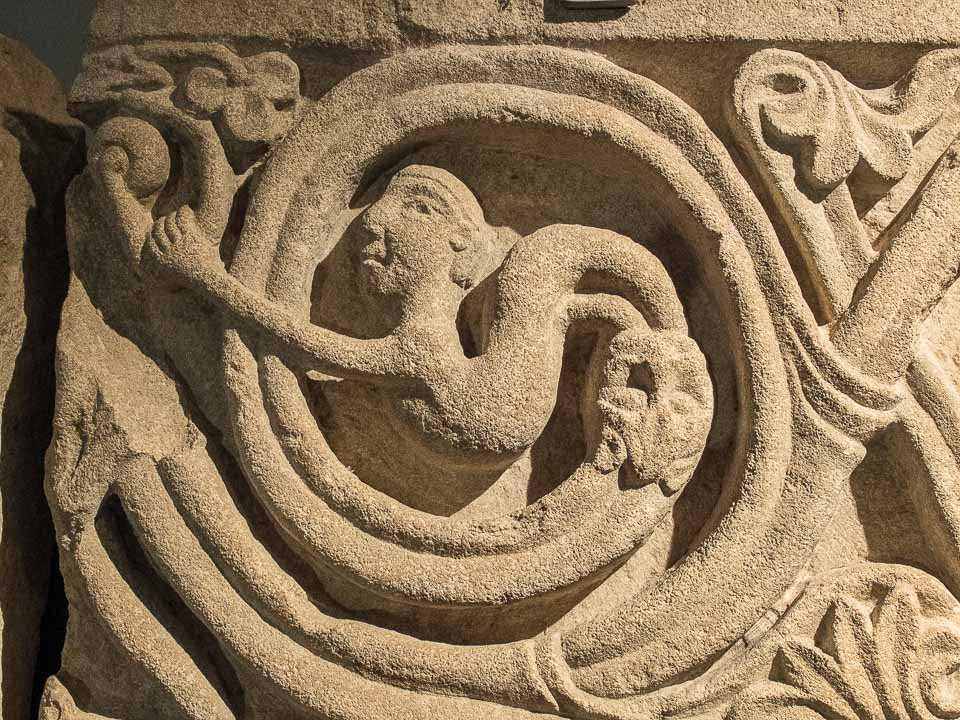
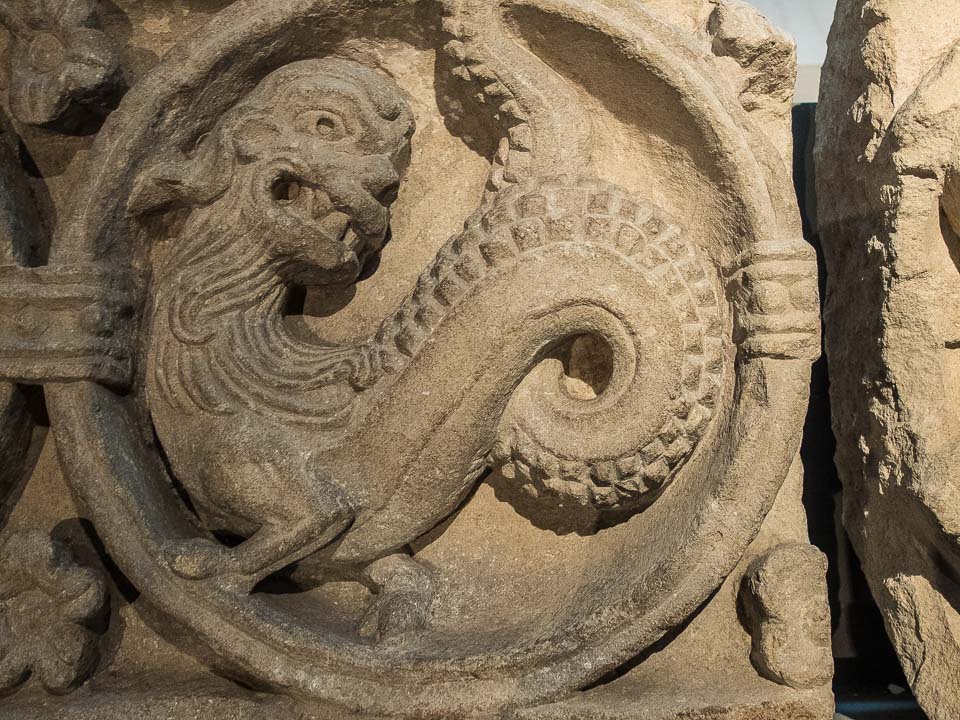
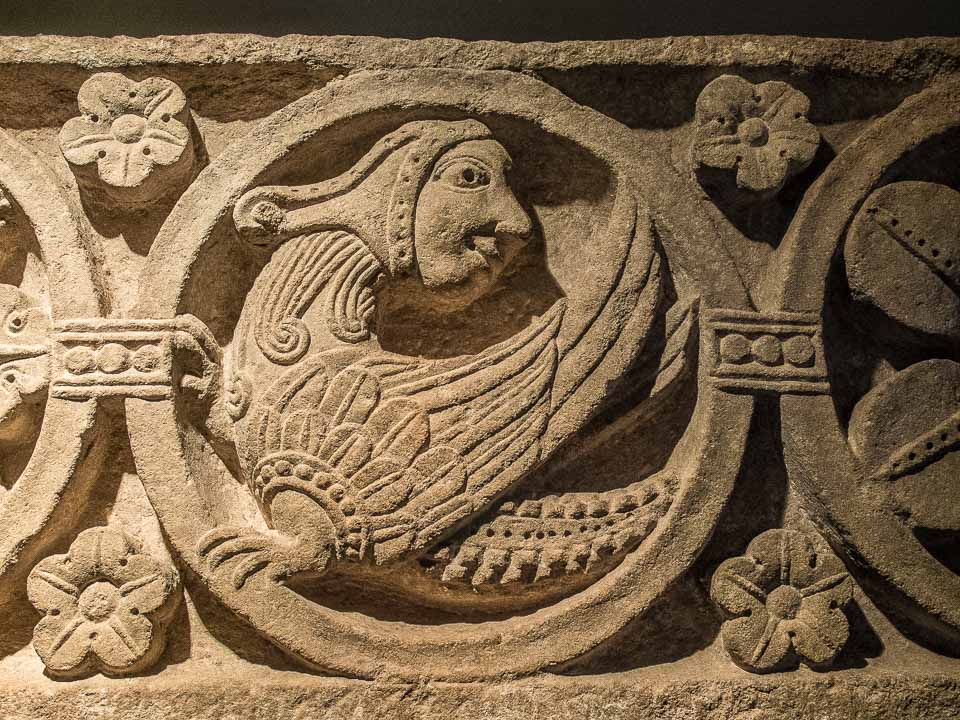
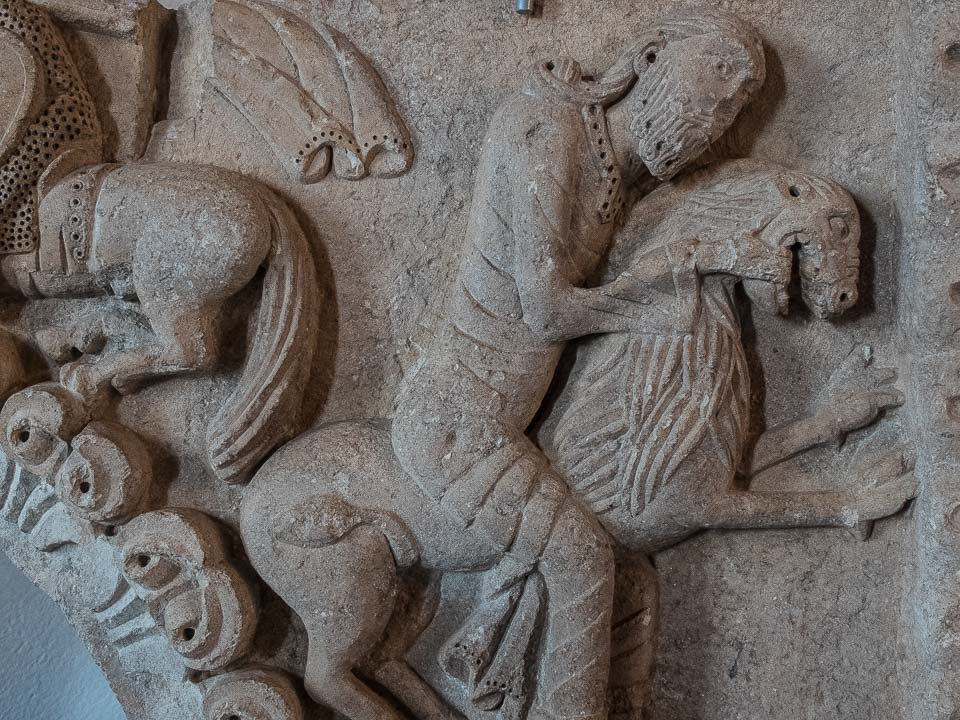

Comments are closed.